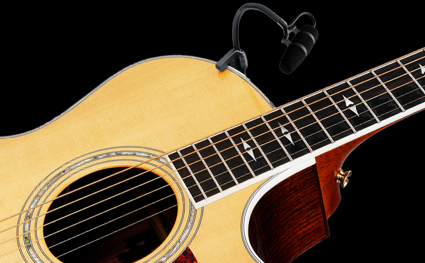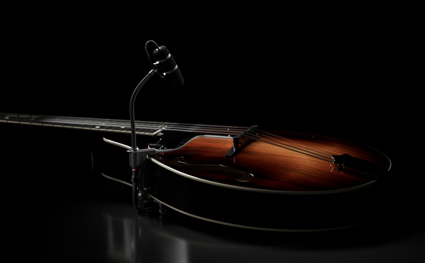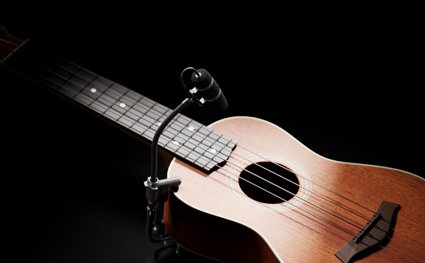How to mic a banjo
Guidelines for miking a banjo with DPA Microphones.
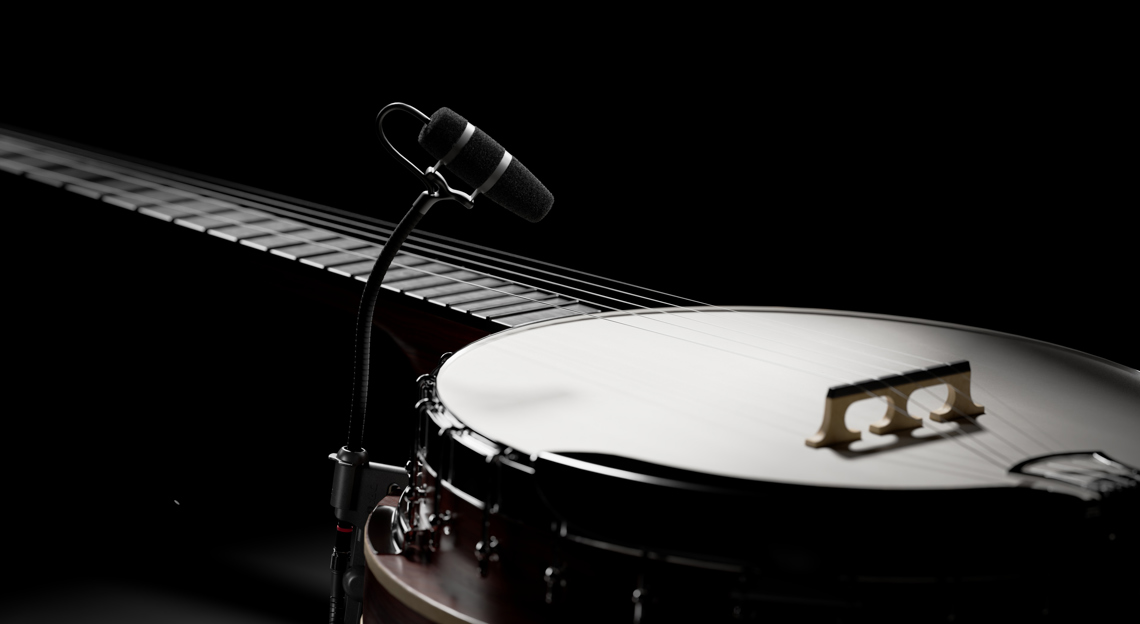
As is the case with all acoustic instruments, recording a banjo is always a compromise between getting the full timbre of the instrument and isolation from other instruments or unwanted reverberation.
Omnidirectional mics
If there are good acoustics and no other disturbing sound sources, one or two precise and highly detailed omni mics would be ideal.
Error loading Partial View script (file: ~/Views/MacroPartials/TaggedProducts.cshtml)The 4041-SP Large Diaphragm Microphone, P48 or 4006 Omnidirectional Microphone will ensure that you do not lose any vital information. Try aiming an omni at the sweet spot, which is often where the neck meets the body: this position will give you a good blend of strings, fingers, and the resonating head that is essential to a banjo. Also try placing two omnis at 30 - 40 cm (12 - 16 in) distance to create a nice stereo image.
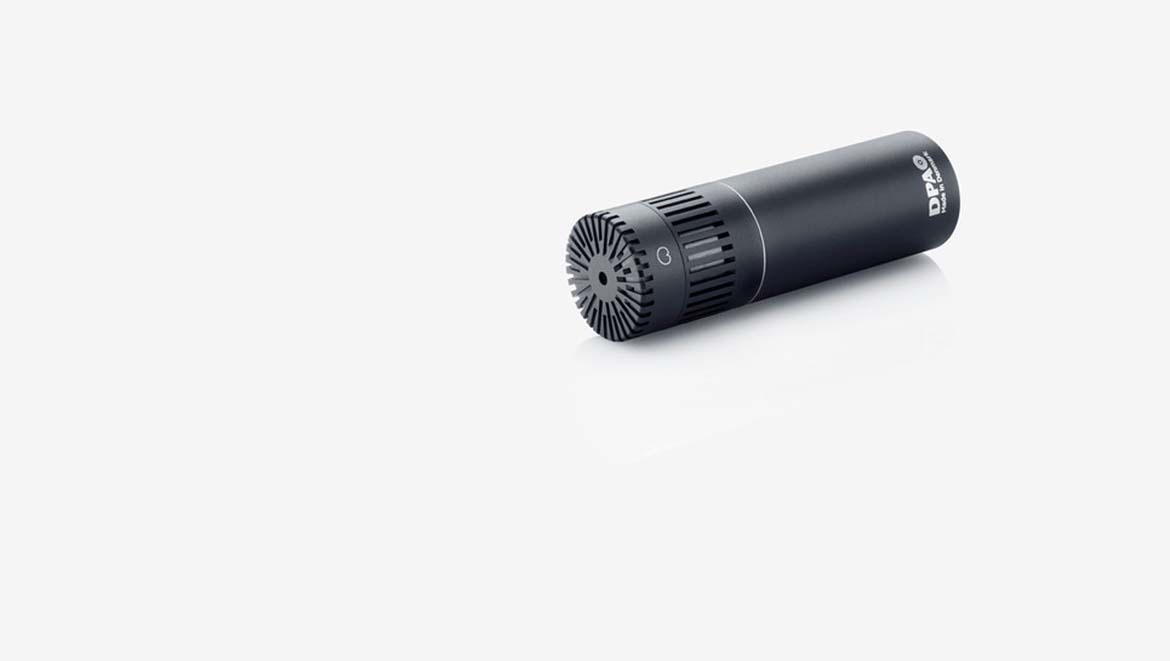
Cardioid mics
Error loading Partial View script (file: ~/Views/MacroPartials/TaggedProducts.cshtml)If more isolation is needed, one or two cardioids or wide cardioids is a good solution. Use either 4011 Directional Microphones or 4015 Wide Cardioid Microphones. Two cardioids can be placed in XY configuration at the sweet spot.
Miniature omni mics
Error loading Partial View script (file: ~/Views/MacroPartials/TaggedProducts.cshtml)Miniature omnis like the 4061 Instrument Microphone Kit offer a wide variety of placement possibilities and many live situations will benefit from close-miking with a Miniature Microphone, especially if the monitor level is not too high.
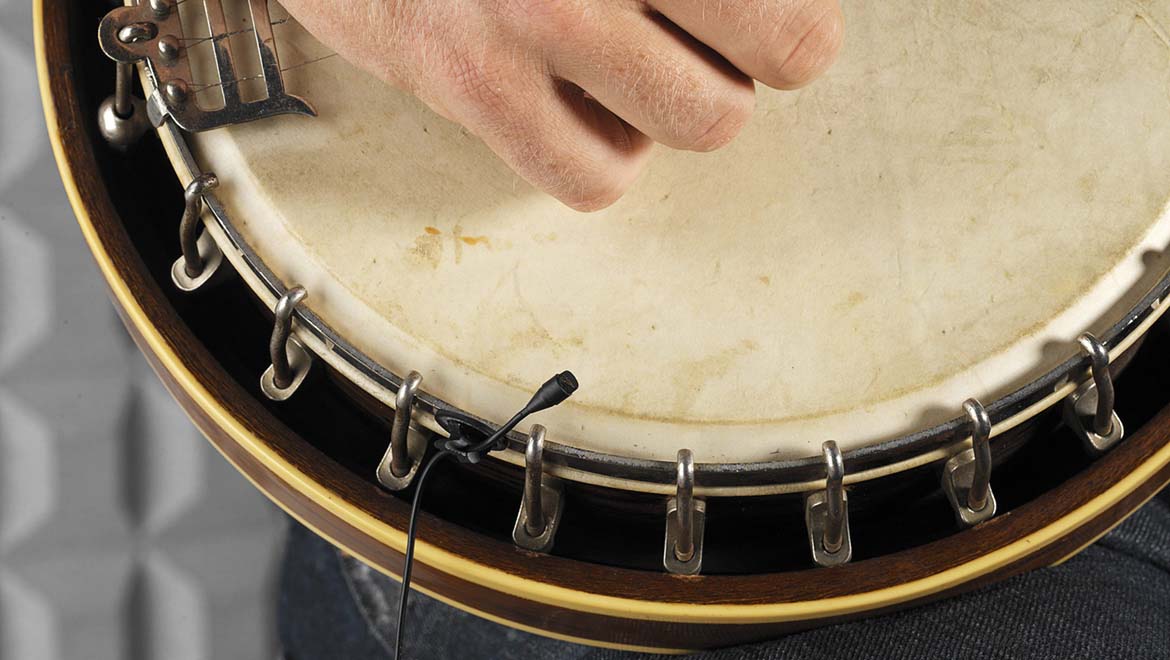
Miniature supercardioid mics
Error loading Partial View script (file: ~/Views/MacroPartials/TaggedProducts.cshtml)Offering lots of gain before feedback while retaining the clear and transparent DPA signature sound, the 4099 CORE+ Instrument Microphone is the perfect choice for all live applications.
